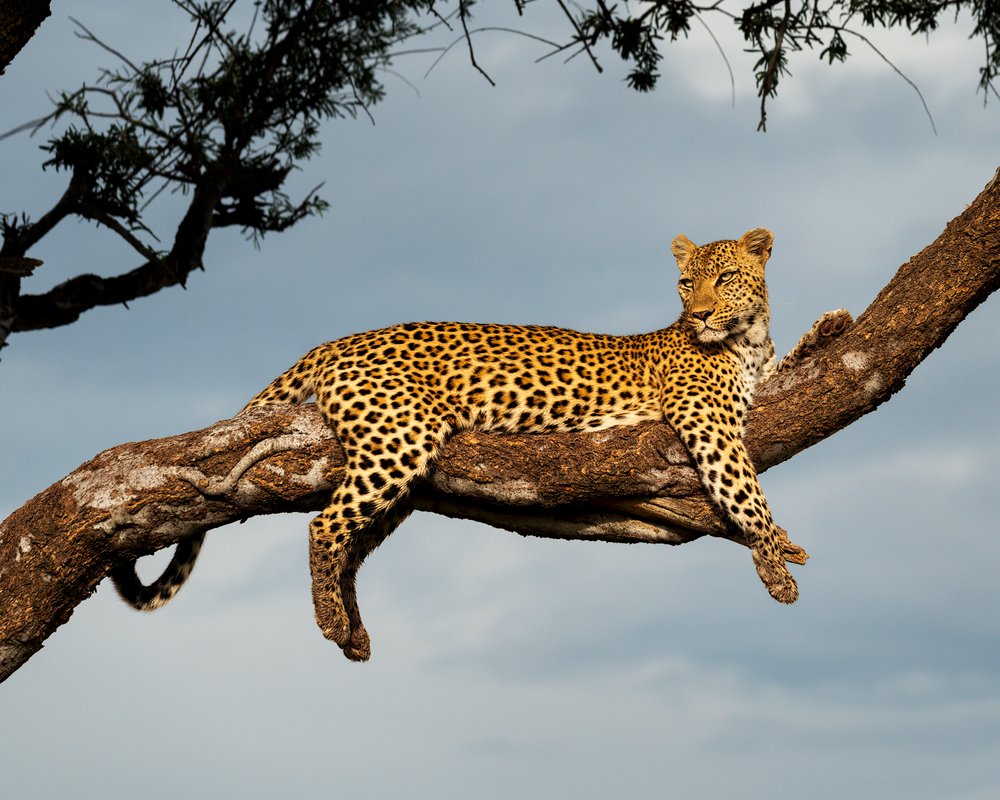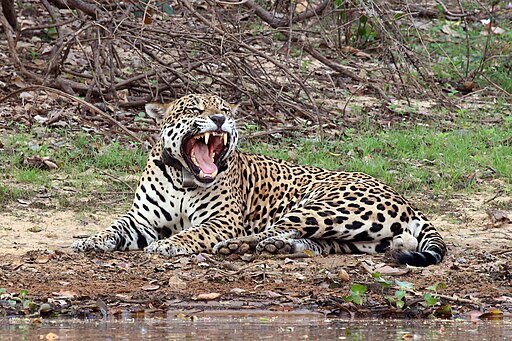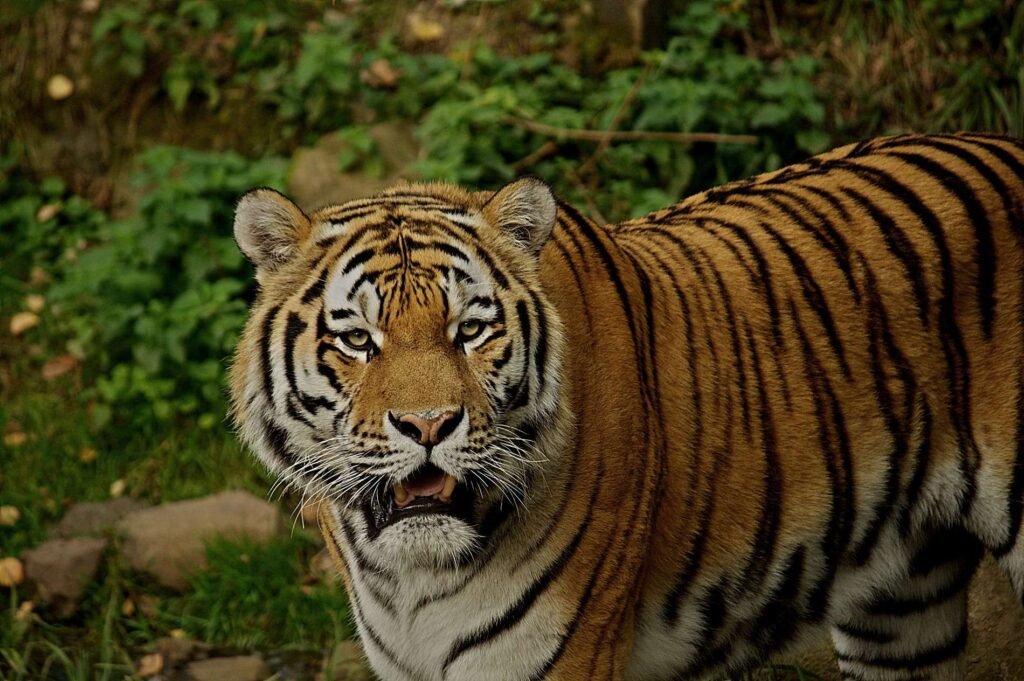Big cats like lions, tigers, and leopards are majestic creatures that have fascinated humans for centuries. However, as human populations expand and encroach on their habitats, interactions between humans and big cats have increased. These animals have evolved strategies to avoid conflict with humans, ensuring their survival and coexistence.
Natural Instincts to Steer Clear

Big cats are inherently cautious animals and prefer to avoid humans whenever possible. They are most active during times when humans are less likely to be present, such as dawn, dusk, or nighttime. This natural avoidance is a survival strategy to reduce encounters that could lead to danger for both parties.
Utilizing Remote Habitats

Many big cats thrive in remote areas where human activity is minimal. Tigers, for example, are known to inhabit dense forests and mangroves, while snow leopards are found in the rugged mountains of Central Asia. By choosing these inaccessible regions, big cats minimize their chances of crossing paths with humans.
Marking Territories as Warning Signs

Big cats use scent marking, scratches, and vocalizations to establish and defend their territories. These signs serve as warnings to other animals, including humans, to stay away. This behavior helps prevent accidental encounters in areas where humans might unknowingly venture.
Adapting to Human Presence

Some big cats, like leopards, have adapted to live closer to human settlements due to habitat loss. These animals often shift their hunting patterns to avoid peak human activity hours. For instance, they may hunt at night or move stealthily through areas to reduce the likelihood of detection.
Conservation Efforts to Reduce Conflict

Human-wildlife conflict is a growing concern, and conservation efforts play a crucial role in mitigating these encounters. Protected reserves and wildlife corridors help provide safe spaces for big cats to roam without intruding on human territories. Additionally, education programs teach communities how to coexist peacefully with these animals.
The Role of Technology

Modern technology has also aided in preventing human-big cat conflicts. GPS collars and camera traps help researchers monitor big cat movements, allowing them to warn local communities when the animals approach populated areas. These advancements create a safer environment for both humans and wildlife.
Coexistence Through Awareness

Ultimately, avoiding conflict with big cats requires understanding and respect for their behaviors and habitats. By recognizing their natural instincts and supporting conservation efforts, humans can create a balanced coexistence. These magnificent creatures play a vital role in maintaining ecological balance, and protecting them ensures a harmonious relationship between humans and wildlife.
Big cats have adapted over time to avoid unnecessary conflict with humans, demonstrating their resilience and intelligence. Through continued efforts in conservation, education, and coexistence strategies, humans and big cats can share the planet peacefully, ensuring their survival for generations to come.

Growing up traveling and experiencing new cultures and wonders, I have had a passion for nature, adventuring, photography, and videography. I am currently working towards a BSc in Biodiversity and Ecology at Stellenbosch University, and I hope to specialise in Marine Sciences one day.
Please send any feedback to Feedback@animalsaroundtheglobe.com






